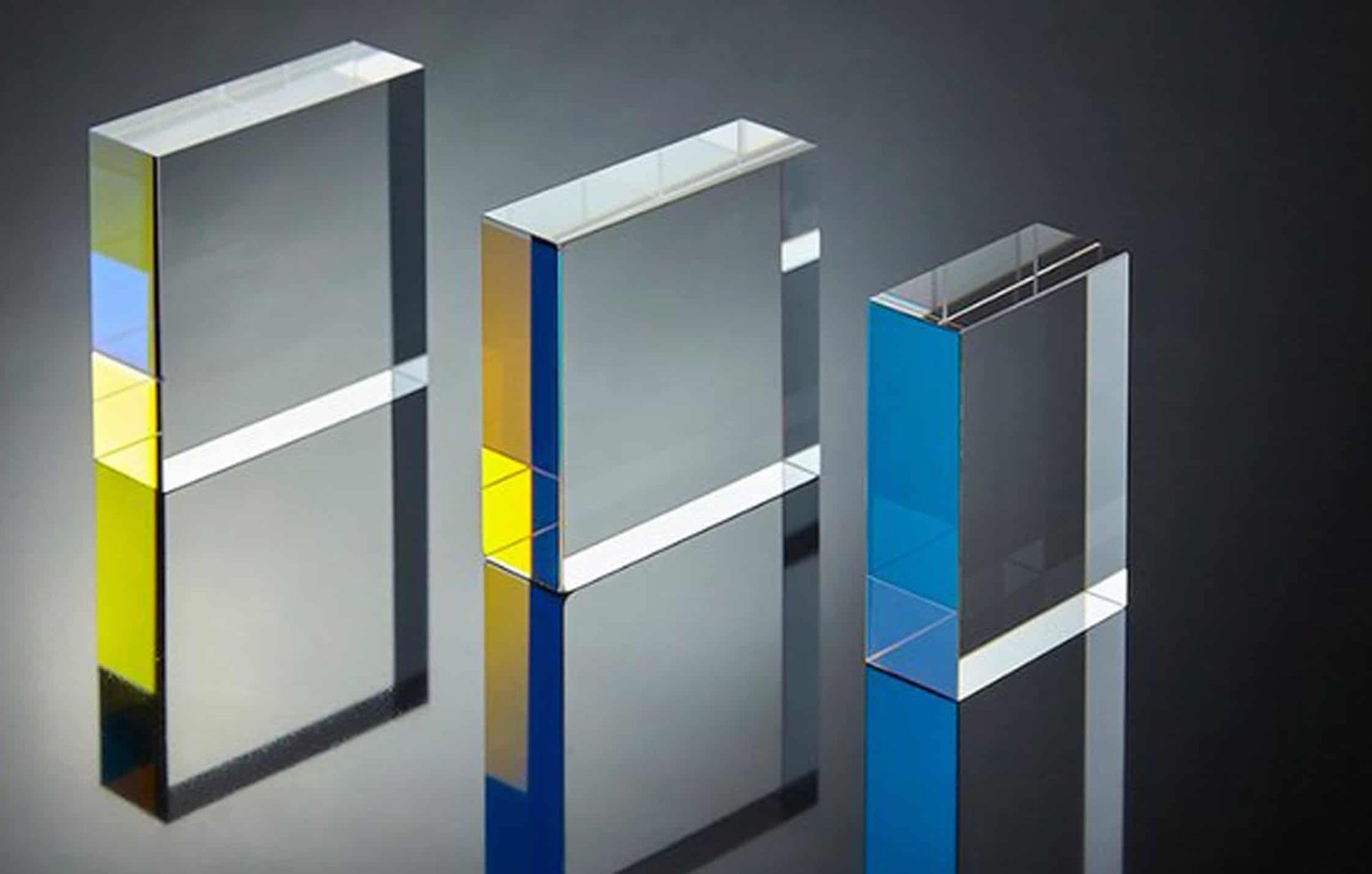How to solve the incomplete polishing on corners of square sapphire windows?
This article discusses a solution to the challenges associated with achieving a uniform polish on square (or non-circular) sapphire windows during the process of double-sided grinding and polishing.
In this process, a star wheel is positioned between the upper and lower plates of a double-sided grinding and polishing machine. The star wheel features an appropriately sized aperture through which the sapphire window is inserted, allowing for rotation driven by the movement of the star wheel to facilitate uniform grinding and polishing of the sapphire window. Since the rotation of the upper and lower plates exhibits a linear velocity difference that decreases from the edge to the center, it is assumed that the existence of this linear velocity difference leads to thickness variations from the edge to the center of the sapphire window after grinding (thin edge, thick middle), if there is no rotation occurs at the star wheel.

During the process of grinding and polishing, if the higher point of a circular sapphire window contacts the disk surface, there will be a thrust to push the higher point to the lower point with the rotation of the star wheel, that is, the circular sapphire window will self-adapt to rotate in the grinding machine, so as to maintain a uniform thickness of the polished sapphire window.
Nevertheless, in the event that the sapphire window is not circular in shape, it is unable to undergo rotation during the grinding process. Instead, it can only be passively ground and polished, which ultimately results in an inconsistent thickness. Although this inconsistency is minimal, it will be significantly amplified during the polishing process. The most notable aspect is that the window edge has not been polished completely for a long time.
The placement of the sapphire window must be carefully analyzed to guarantee optimal contact between the grinding disc and the sapphire window. In many instances, the edge of the sapphire window must be positioned beyond the grinding disc to prevent deformation of the disc due to the absence of grinding materials on its edge. However, due to the rotation of the star wheel during the manufacturing process, the sapphire window that exposes the grinding disk is frequently located in the corner area, where the linear velocity of rotation is the highest. This results in the corner area being significantly thinner than other areas, which is the reason why polishing corners is a challenging task.
In addressing this issue, the proposed solution entails a modification to the conventional grinding process. Instead of a single, uninterrupted grinding phase, the sapphire window is turned over after reaching the predefined halfway point, facilitating not only an upwards and downwards exchange but also an internal and external one. This approach effectively reduces the thickness discrepancy. If the number of rotations is increased by a factor of three to four, the thickness discrepancy can be entirely resolved, thereby alleviating or eliminating the issue of incomplete polishing of the sapphire window corners.

